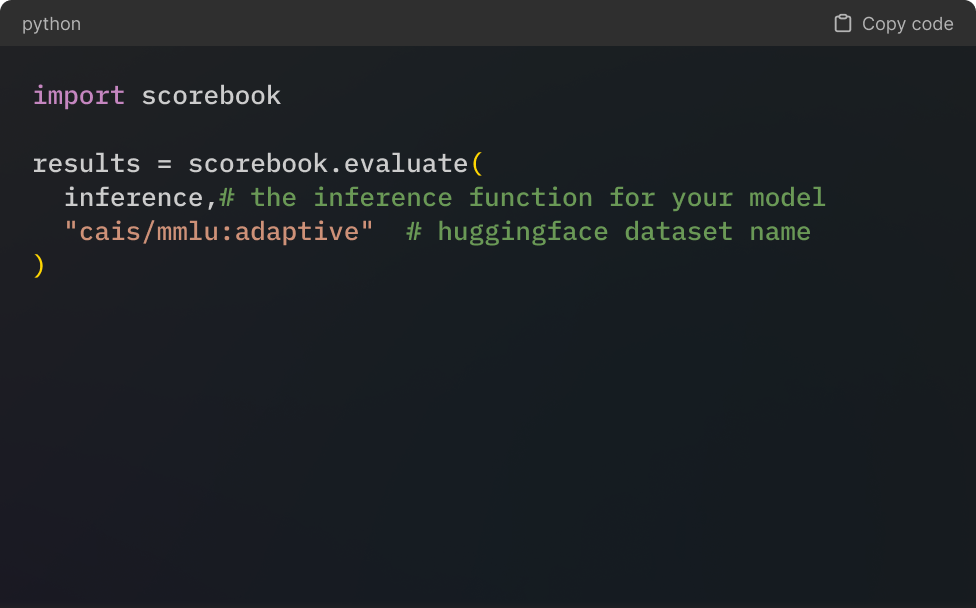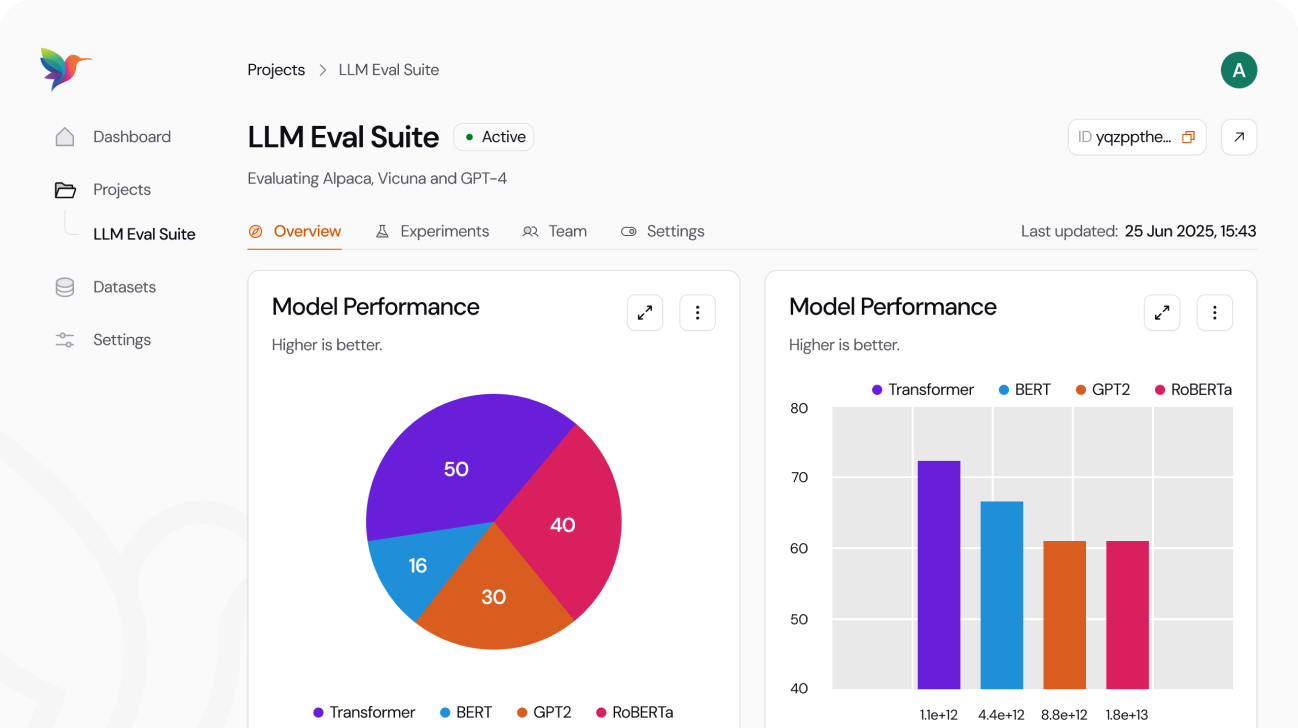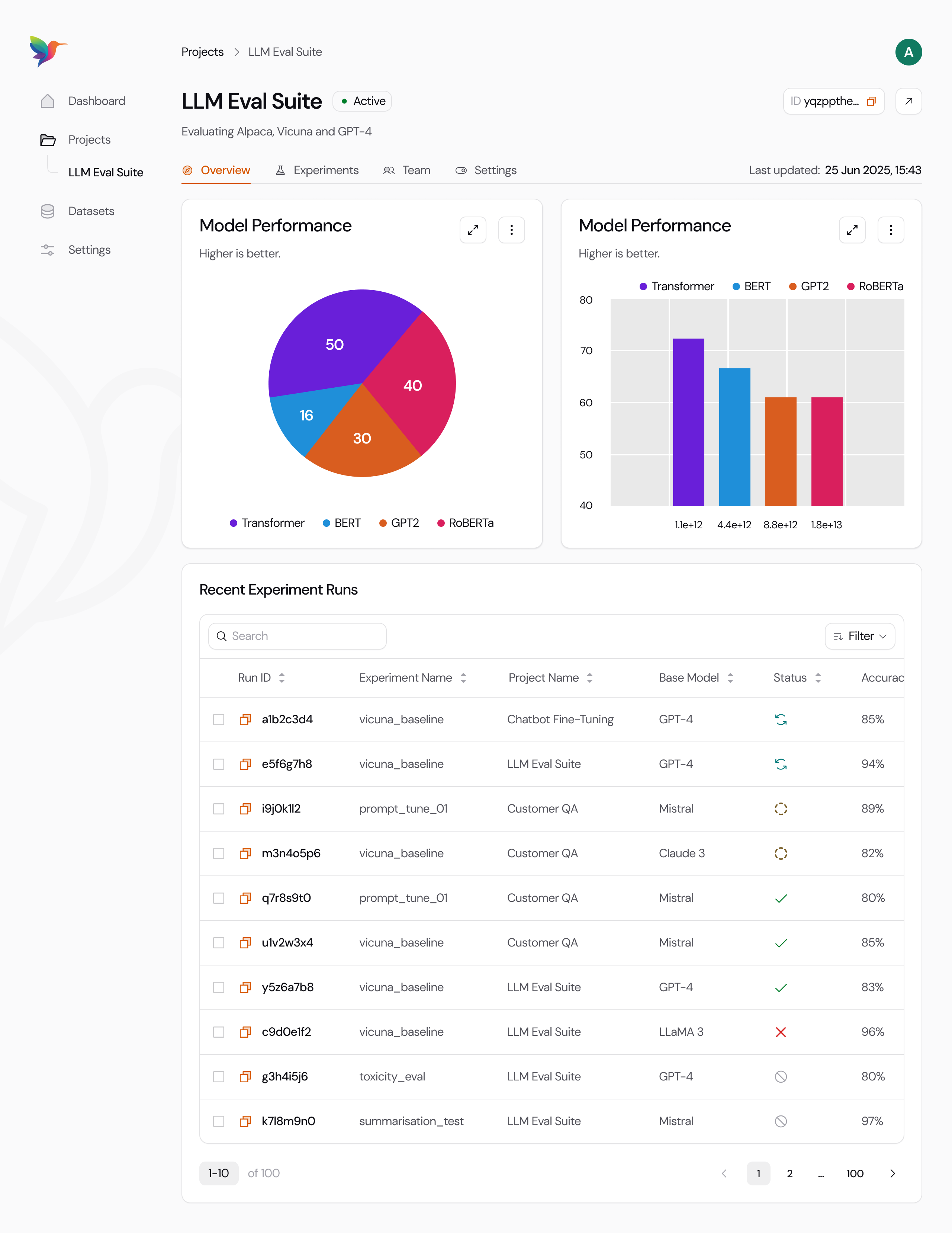📣 Trismik secures £2.2M pre-seed fundingRead more

Science-grade LLM evaluation for AI builders.
Go from test to insight in seconds with adaptive testing.



Trismik LLM Experimentation Platform
Comprehensive tools for designing, running, and analyzing LLM experiments.
Experimentation
Quickly design and refine evaluations.
1
End-to-end experiment management2
Integrated project management3
Cross-team collaboration
FAQs
Other companies and tools stick to narrow approaches like CI-style regression tests or LLM-as-a-Judge scoring. Helpful, but limited in scope. At Trismik, we think of evaluations differently. We combine the common evaluation techniques you're used to with adaptive testing, experiment tracking, and visual inspection, all in one place. And because we design our tools to flex around your workflow, you don't need to change how you work - Trismik fits the way you already operate, while saving you time and money.






